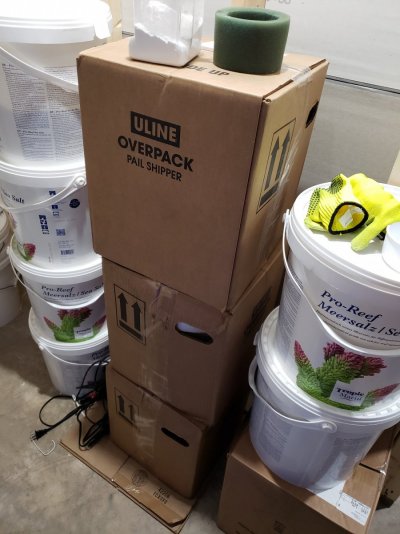- Joined
- Dec 9, 2016
- Messages
- 450
- Reaction score
- 571
For reference - I itched my headYou can see how TM are finding this difficult though. Someone mentioned an odd smell and now others are smelling it. But before it was citrus, and now it is chalk? Is it the same thing, something else or nothing?
And does anyone (other than TM) know where the German salt comes from? It could always have been mixed/prepared in Germany but sourced from somewhere else. There must be a reason why Turkey was chosen as a manufacturing facility. It could be financial, technical or location (or all of them). Turkey is by the Black Sea, which I guess could potentially be a good source for salt. There seems to be a suggestion that Germany is good but Turkey is bad, with no proof other than perception. Even if it is just the salt from Turkey having the issue, it might not be because it is coming from Turkey!
Whilst googling to try to find the answer to the question of the origins of TM salt, I stumbled across a forum from 2014, where someone was complaining about brown residue in the mixing bin from TM pro. Other people didn’t appear to have the same observations; that seems to be a bit like what is going on now. That forum then referenced an article from Randy Holmes-Farley that talked about precipitation in salt mixes.
I’m not saying that people aren’t experiencing something they weren’t before but maybe, as it is now being highlighted, others are looking to see if they have issues when they previously didn’t. If I said ‘do you have an itchy head?’ how many people now have itchy heads that didn’t before? Probably a bad example but if you’re looking to find something you probably will.
Ive used and gone through quite a number of buckets over the past year (or since April) and have never noticed any difference between them. No smell, no residue. I havent taken any notice of the manufacturing location in all honesty but would like to think id have had at least one from the Tukey facility with the amount ive used.
Fingers crossed they can identify some form of reasoning. Nothing worse than being told theres an issue and not being able to replicate it - Those are the worst kinds of "issues".










